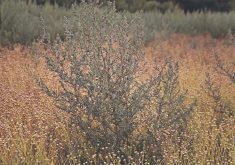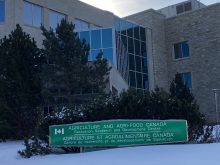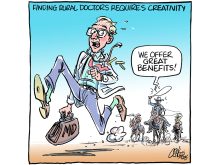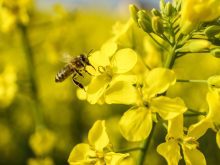In 1994, when the Quality Starts Here program began, the beef industry developed good production practice manuals for feedlot and cow-calf producers.
They include specific manuals on recommended operating procedures for feedlot animal health and controlling feed quality.
Fact sheets on how to prevent beef quality defects were developed after two national audits measured the cost of the defects that were occurring.
Following considerable education efforts, injection site lesions dropped from 22 percent in the top butt to less than 10 percent.
But that still leaves Canada far behind the United States, which is below three percent lesions in the top butt. Obviously, more education of producers and veterinarians is needed.
Read Also
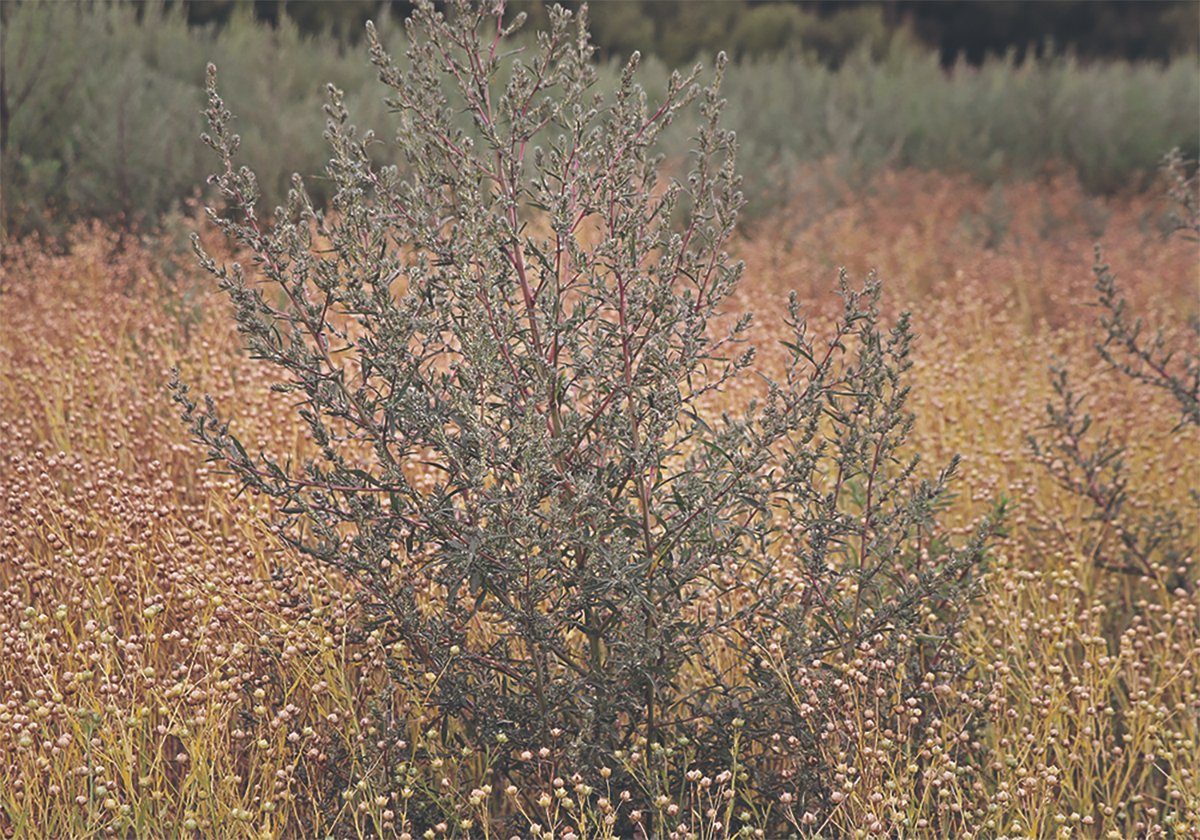
Kochia has become a significant problem for Prairie farmers
As you travel through southern Saskatchewan and Alberta, particularly in areas challenged by dry growing conditions, the magnitude of the kochia problem is easy to see.
Regarding food safety, the beef industry sponsored a workshop on E. coli O157 and subsequently developed an expert committee to try to address this foodborne pathogen.
For broken needles, the Quality Starts Here program sponsored research into the problem, which is more common than you think, and developed a fact sheet for producers and veterinarians on how to reduce the defect.
Working with the pork industry, the beef industry sponsored research and the development of a needle that is more easily detected by metal detectors. This needle will soon be available for sale by Schering.
While all of this on-farm research and extension is admirable, it is just one step in the process of ensuring consumers that producers are doing their part to provide safe and wholesome food.
A few years ago, the pork industry took the next step for consumer confidence by providing certification of pork producers who could prove they were following the good manufacturing procedures as specified in the quality assurance manual. Veterinarians validate the pork quality assurance plan.
The poultry industry is moving in the same direction, and the beef industry is not far behind.
A Canada On-Farm Food Safety Program was developed to support the national commodity groups’ on-farm food safety initiatives, to ensure consistency in goals and format of the on-farm programs, and to gain international recognition.
This working group has representation from all the major livestock, poultry and horticultural producer groups, general farm organizations and aquaculture groups.
The group has convinced the Canadian Food Inspection Agency to recognize the national commodity, on-farm food safety programs.
This is important to provide consumer confidence in industry programs and for international recognition.
The CFIA will recognize these on-farm food safety programs by reviewing their administrative structure and the technical content of their programs, including contracting out a periodic third party audit of the national program.
To be recognized, commodity groups must provide a hazard analysis critical control points-based model that is commodity specific on food safety risks on farm, addressing biological, chemical and physical hazards.
As well, industry must provide good production practice manuals that show control of critical food safety practices on the farm and supporting records. Training materials for producers and on-farm validators must also be provided.
The Institute of Technology at St. Hyacinthe, Que., is developing the course content for the generic training module for on-farm validators, which includes training on the model and auditing procedures. Commodity groups will provide additional training specific to their own programs. They must also provide an administrative manual to CFIA for review.
So, where is the beef industry?
It has previously developed good production practice manuals and a generic beef hazards control model.
This material has been used, along with information from producer surveys, to develop the on-farm management checklist for validation.
This management checklist focuses on critical areas where food safety problems can occur, namely, at processing, treating and during feed medication.
Producers who apply to be certified will be required to fill out a questionnaire related to their production procedures, showing how they prevent chemical residues from occurring during processing, treating and feeding, and how they prevent broken needles during the administration of drugs.
The draft checklist is being finalized by a group of producers, veterinarians and beef specialists. It is hoped that by this fall, the checklist will be complete and a producer manual related to the checklist will be available.
It will then be up to provincial cattle associations to deliver the national program, which they may do themselves or work with other commodity groups, to develop a common provincial delivery structure.
The beef on-farm food safety program will be voluntary, practical and consistent for all producers, whether cow-calf or feedlot.
Over time, as the industry develops control procedures on the farm to deal with biological hazards, such as E. coli O157, they will be incorporated into the program. But for now, the program will focus on reducing chemical and physical hazards to consumers.
For further information on the program, contact your provincial cattle association.




